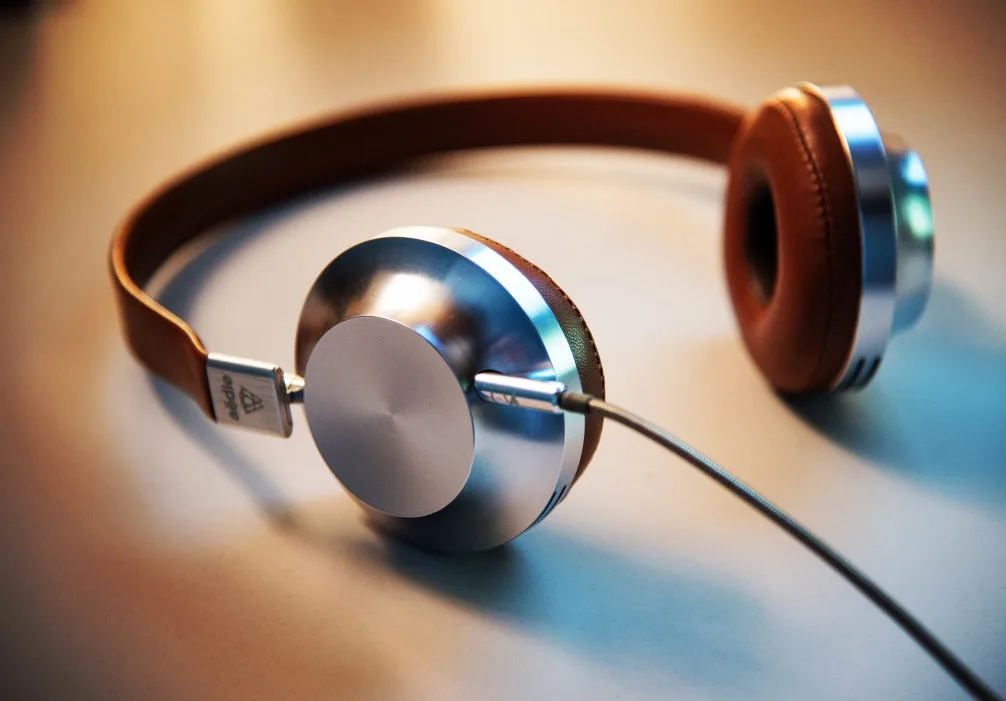By Stan McLeod, Head of Product at Lickd
If you listen to enough user-generated content, you start to notice some sounds cropping up again and again. Whether it’s podcasts, YouTube videos, content streams or, of course, TikTok, examples of royalty free music are used again and again to the point of exhaustion. You may not know the names of songs like Broke for Free by Add And or Carefree by Kevin MacLeod, but the likelihood is that you’ve probably heard them somewhere before.
This isn’t a criticism of royalty-free music. The popularity of these tracks doesn’t just come from imitating what’s popular with other creators at the time, these tracks are good in their own right. But that is no reason for creators to limit themselves to just royalty-free music, especially given the advantages that commercial music can offer. The value of using commercial music to elevate user-generated content is well understood – it increases the production value and using the perfect song for the perfect moment is priceless. But actually, using commercial music remains a complicated process that many creators are keen to avoid altogether.
While this is true across social media channels and streaming services like Twitch or YouTube, podcasts are an excellent example of this problem. There are hundreds of thousands of podcasts available online and tens of millions of episodes. Anyone can start a podcast with as little as a microphone and a rough idea of what they want to talk about, meaning there is a real range in terms of quality between good and bad production values. Obviously, with the range of topics on offer, the inclusion of music can vary in importance – to a podcast discussing music it is all but essential, but the inclusion of backing music or an intro/outro jingle can take a piece of UGC to a whole new level
So when can you legally use commercial music in your content? The answer is when you have commercial rights from the artist, publishers, and any other rights holders for the piece of music in question. We’re all familiar with the ways that user-generated content tries to get around this hard and fast rule. Some creators opt to play just 5, 10 or 30 seconds of a piece of music to avoid being detected. Some think it’s okay to use copyrighted materials as long as you attribute it to the original artist. Others believe that because they are a non-profit outfit they can use whatever music they like. Unfortunately, all of these are false – and if you use music relying on these myths to protect you, your content can be demonetised or taken down, or you could even face legal action.
So why haven’t content creators overcome this issue properly (legally) yet? While there are services out there that do offer access to commercial music, the problem springs from there being no globally accepted standard for how commercial music is used across new platforms. This is further compounded by new platforms and formats gaining popularity far faster than legislation and copyright law can be updated. Given the creator’s appetite for commercial music in fast-growing areas, and the potential for music to reach new audiences through these mediums, the music industry has somewhat shot itself in the foot by not making its music more easily available.
Currently, the most common way of obtaining the rights to use a piece of commercial music is via a music synchronization license, or “sync license”. This is a music license granted by the holder of the copyright of a particular composition that allows a licensee to use the music with some kind of visual media output. While these licences are available to individual creators, they are most common in the B2B space – used to license music to agencies, production companies and film studios. For the small or medium sized content creators, accessing music this way is expensive in terms of both cost and the effort required to secure.
What is the solution? Well, for a start, the music industry needs to collaborate with tech platforms as well as content creators to establish a system where any platform or content creator can simply ‘plug in’ and use a catalogue of famous music in whatever context they want, without the risk of falling foul of copyright law. Spotify has started making steps towards this with a new feature allowing podcasters to put full songs into their podcasts, a service offering powered by its recent acquisition of content creation platform Anchor – but as there are plenty of podcasts outside of Spotify, we should still be working towards a framework that is platform agnostic. Additionally, while this service is hugely valuable, the audio is still entirely separated from the podcast content; akin to playing a playlist between speaking elements. Arguably, this doesn’t provide much synchronicity.
On the surface a solution seems simple – charge a fee for the master and publishing and/or a percentage of ad revenue for using a piece of music. But not all content is made equal. Does the fee change when content is downloaded or streamed? Does platform exclusivity play a role? How does this change when a content creator earns ad revenue or engages with sponsorships or endorsements? However, these questions are answered, the best approach will be to facilitate as direct a relationship as possible between music rights holders and creators and platforms.









